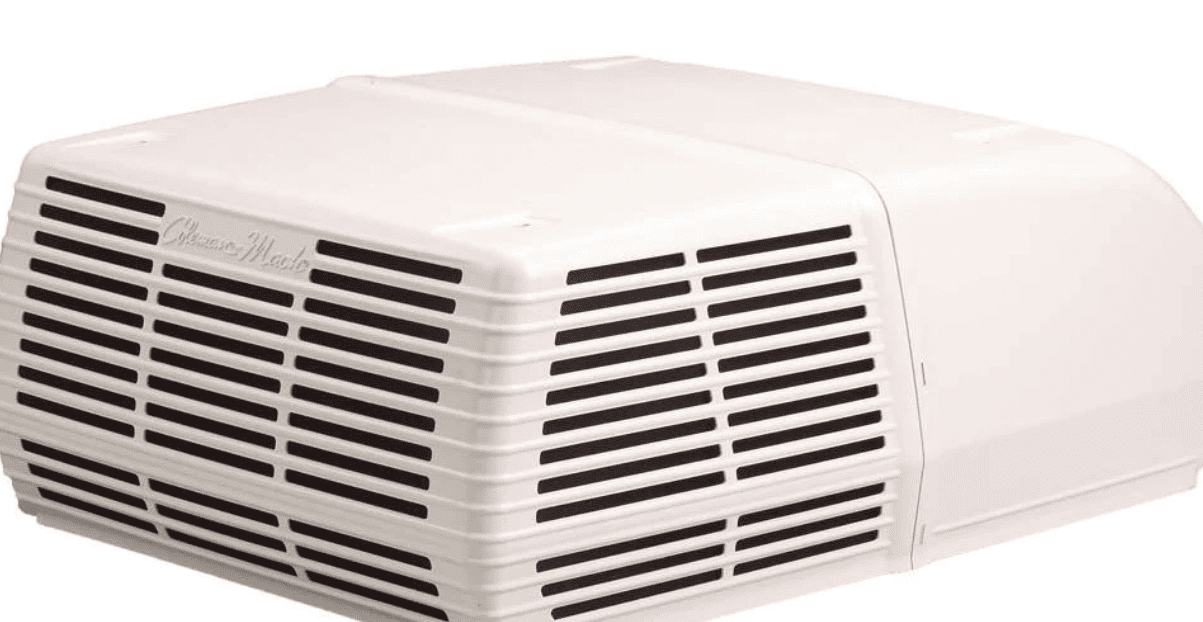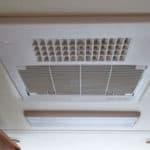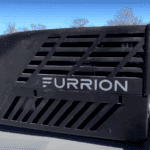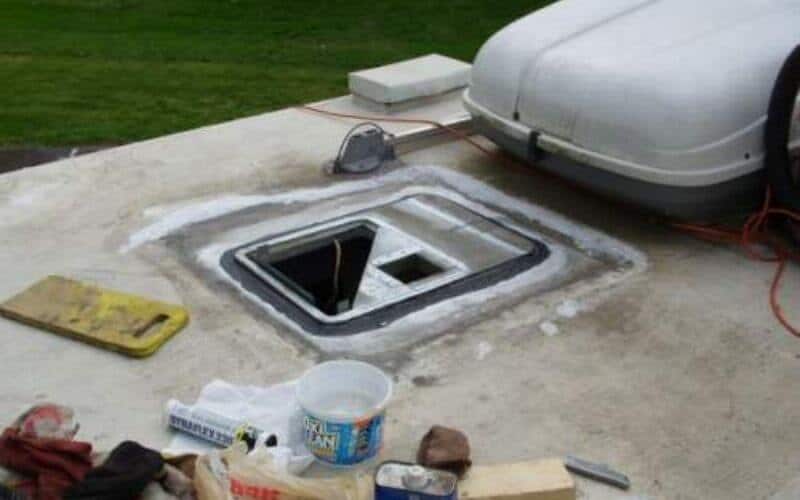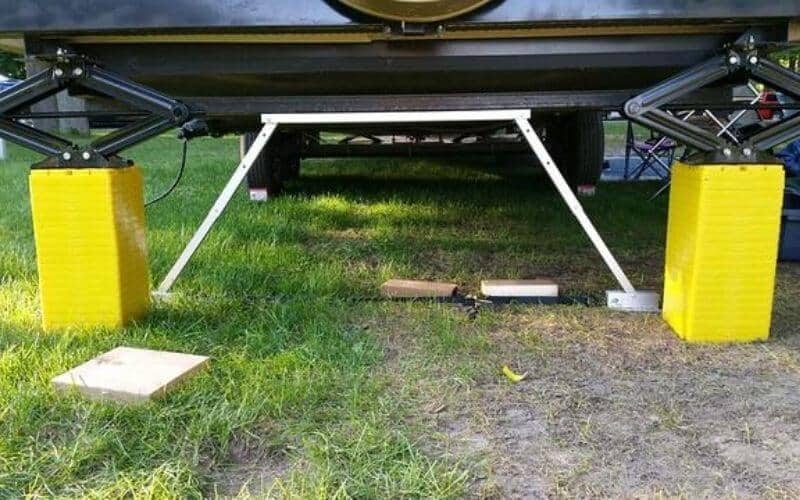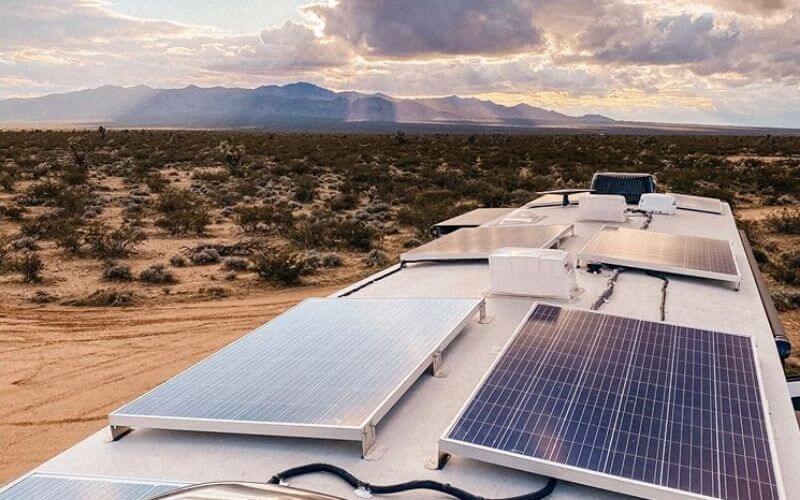You can expect an RV air conditioner to last, at least, between 3 to 5 years before requiring replacement. With proper maintenance, you can enjoy the unit for much longer. The unit’s longevity also depends on the quality of the model, how often you use it, and the climate conditions involved.
Just like many systems on your rig, A/C units have a limited lifespan. However, because many variables affect its lifespan, there’s no all-embracing duration for its optimal functioning. While some RV owners have reported 3 to 5 years of usage without inspection every season, others have shared how theirs served for up to 15 years before packing up.
In this article, you will learn about the factors that directly affect how long an RV air conditioner would last, the average lifespan of RV A/C, as well as common problems that could shorten the unit and how to address them.
Factors Affecting Lifespan of RV A/C

After analyzing the case of many RV owners who phoned in for recommendations on A/C replacement, we realized that the lifespan of the average RV cooling system is heavily influenced by the quality and model of the unit, how often you use and maintain it, as well as the climate impact on RV A/C, among a few other aspects.
Let’s look into these factors in more detail.
1. The Type and Quality of the RV A/C
Rooftop and portable — ductless and ducted — are the two main types of RV air conditioners. Rooftop units are commonly installed on the roof of the rig, while mobile units can be moved around and installed in various locations.
Rooftop units are generally more durable than portable RV cooling systems and have a longer lifespan due to their fixed installation and protection from elements.
Also, the quality of the material used in the construction of the air conditioning unit significantly impacts its longevity. Reputable brands and models such as the Koleman Mach 10 and AirXcel are known for their durability.
2. Usage
The more frequently you use your RV air conditioner, the faster it may wear out. Constant usage puts stress on the components and can lead to quicker wear and tear. But this also depends on the quality of the unit and source of power (generator or shore power provided at campgrounds)
For example, you may run the Coleman AirXcel Mac with soft-start for nine days continuously at 79F without problems. In contrast, another model will wear out quickly under such conditions.
The key is to be mindful of how often you run the A/C and try to balance comfort with conservation.
3. Maintenance
The A/C unit’s coils and fins can gather dust, dirt, and debris, reducing its efficiency and lifespan. A/C units that last for up to 20 years are periodically maintained from these accumulations.
Components like belts, fans, and motors could also get worn out over time, depending on the intensity of usage.
With regular replacement of these individual parts, the unit stands a better chance of lasting longer.
4. Climate Conditions
Extreme temperatures can affect the workload on the air conditioner. For example, models like the RecPro RV Air Conditioner are known to have a strain on the compressor when you constantly run them in scorching conditions. This happens for most other models, too.
So, the weather where you often use the unit can influence its lifespan.
5. The installation
Improper installation that restricts airflow can lead to overheating and reduced efficiency. But this can quickly become less worry if you get a qualified technician to install the unit while following the manufacturer’s guidelines.
Average Lifespan of RV Air Conditioners

The average lifespan of RV air conditioners is five years. However, there is a range of answers from different owners, so it’s pretty tricky to pin on a ballpark figure.
Those who enjoyed their A/C unit for shorter periods are those who don’t maintain or repair it but just decide to replace the entire team when a problem with an individual part arises.
Without seasonal inspection, the unit can stop working optimally. This is typically within the first three to five years of usage.
However, some RV owners have argued that their cooling systems have been running for 20 years and counting, especially with bi-annual replacement of individual parts and routine maintenance.
For some, it’s a trick as simple as running the A/C on a high fan instead of a low fan that has kept their unit working well for 15 years.
RV A/C Maintenance Tips to Enhance its Lifespan
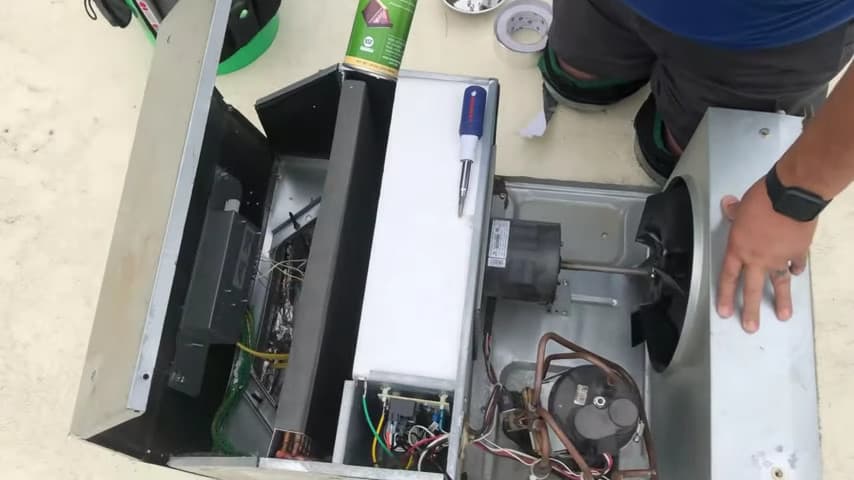
The key to enjoying your RV A/C unit for as long as possible is regular maintenance. Here are the key areas to focus on:
- Inspect the RV A/C cover and replace it when required: Apart from its aesthetics, the A/C cover protects the unit from elements, preventing damage and extending its lifespan. Regularly inspect the cover for signs of wear, tear, or damage. If you notice any issue, replace the cover promptly to safeguard the A/C unit.
- Regularly inspect for water leaks: Water leaks around the A/C can lead to internal damage and decreased efficiency. Check for leaks regularly, especially after heavy rain or when the camper is parked on an incline. Check the rubber ring for damage or wear. You can do this every six months. Also, tighten the screws that hold your air conditioner in place.
- Clean the fins and housing units: Over time, dust can accumulate on the A/C fins and housing unit, hindering airflow and reducing efficiency. Remove these elements with a soft brush or vacuum cleaner. Be gentle to avoid bending the fins. If you find them bent, that calls for replacement.
- Wash A/C filter at least every six months: The A/C filter plays a crucial role in trapping dust and contaminants, preventing them from entering the unit. This will not only reduce airflow but also strain the system. Wash the filter at least twice a year or more frequently if you use the RV often or in dusty environments.
This video provides further guidance on washing your RV A/C filter:
- Oil the fan blades: Well-lubricated fan blades operate more efficiently and generate less friction, reducing wear and tear. Use a lightweight machine oil to lubricate the fan blades.
- Don’t run A/C when plugged into a 15- or 20-amp outlet: Running AC on a 15- or 20-amp outlet can lead to overloading and damage to the electrical system. It is safter to run your AC unit with 30amps of energy, at least. However, this also depends on the power of your unit. However, the goal is to maintain a steady power source.
- Turn off A/C when it’s not needed: Avoid setting the A/C to extremely low or high temperatures. Premature wear and reduced efficiency happen when you overwork the unit. Of course, you can run the team all day long but don’t overwork it, especially when you don’t necessarily need it at maximum.
- Have a routine maintenance checklist: It would help to have a standard list you can adhere to consistently. Include tasks such as cleaning, inspecting for leaks, checking electrical connections, and verifying the overall condition of the A/C unit.
Some people use calendar reminders or to-do lists on paper, but we recommend you take advantage of this Checklist we’ve put together for you. It breaks down the priority inspection and tasks based on monthly, annual, semi-annual, and before-trip checks. This will make the job easier, especially if you use the rig often.
Common Issues with RV A/C and Solutions
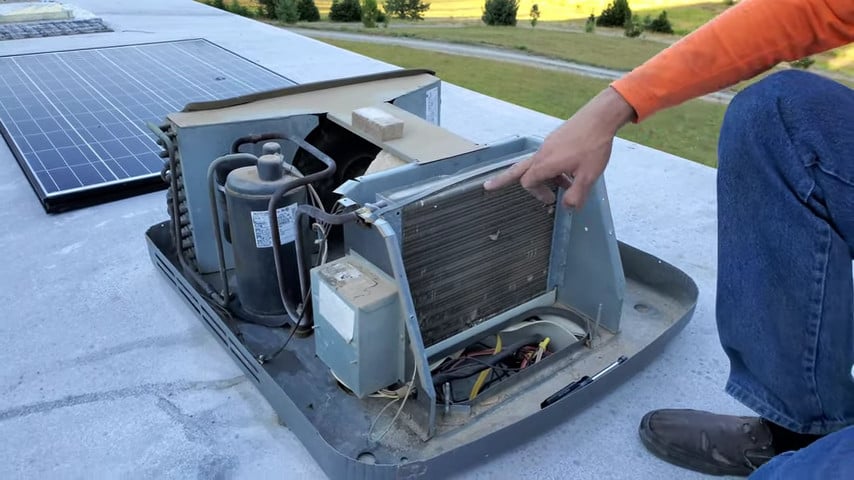
Even when you prioritize the above maintenance tips, some issues are peculiar to RV air conditioning units as long as you use them often. Here are some of the common problems that could shorten the unit’s lifespan and how to troubleshoot RV A/C:
| Common Problem | Causes | Solutions |
| Lack of regular maintenance | Accumulation of dirt, debris, and mold on coils; clogged condensate drain line; dirty or blocked evaporator and condenser coils. | Regularly clean and replace air filters; clean the drain line periodically; clean coils using a soft brush or compressed air. |
| Electrical issues | Voltage fluctuations or power surges; loose or damaged wiring. | Use surge protectors and stable power sources. |
| Refrigerant leaks | Wear and tear on refrigerant lines; faulty connections or seals. | Periodically check for leaks and repair if necessary; inspect every three months and replace faulty parts. |
| Overworking the system | Running the AC for extended periods without breaks; operating in extremely high temperatures. | Allow the system to rest between usage. Also, provide shade or insulation to reduce heat absorption. |
| Poor airflow | Blocked or obstructed air vents; damaged or dirty fan blades | Vents should be clear of obstructions, then clean or replace fan blades depending on the situation. |
| Water leaks | Cracked or damaged condensate pan. Sometimes, improperly sealed roof openings. | Replace the condensate pan if necessary; reseal any roof openings properly following our detailed guide. |
When Should I Replace My RV A/C?
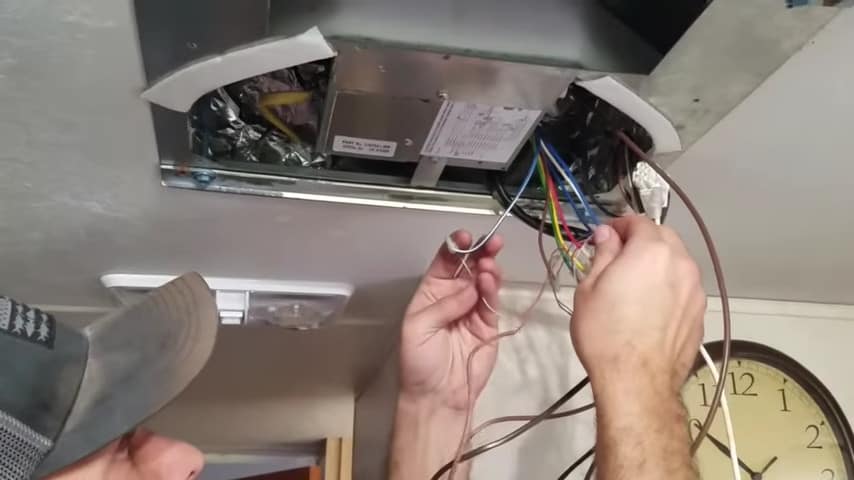
The entire air conditioning unit of your RV will need replacement when it begins to experience frequent breakdowns and repairs of individual parts.
When the cooling isn’t as effective as before, even with regular cleaning, it’s a sign that the A/C unit is approaching the end of its lifespan.
Meanwhile, the cost to replace an RV cooling system depends on the brand and the class of your RV. Technicians in Texas, for example, would charge between $700 and $1,400 for the unit itself, while installation charges can be between $1,000 and $2,000.
Ultimately, whether your RV A/C is cooling effectively or not, we strongly recommend you have the unit inspected at least once a year, depending on how often you use it.

